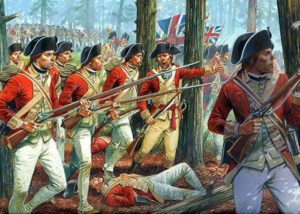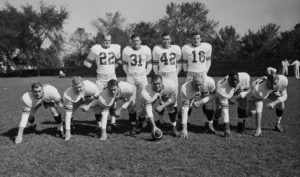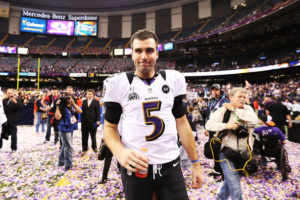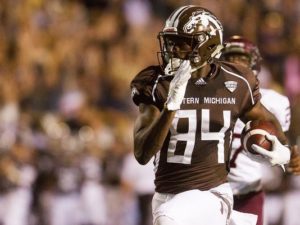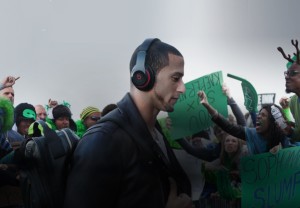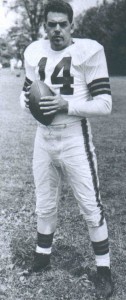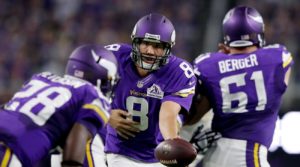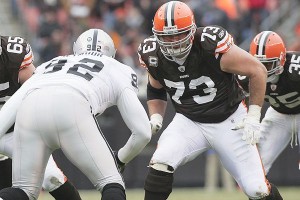Week 1 always seem to have some really rare results. Last year, the 2-14 49ers won 28-0 in the late MNF game on opening weekend. The Redskins finished last year with a winning record, but lost at home by 22 points to the Steelers, easily Washington’s worst performance of the season. And the Falcons won the NFC last year, but you wouldn’t have known that watching week 1: Atlanta lost at home to Tampa Bay.
In 2015, the Titans blew out the Bucs, 42-14, in the season opener; Tampa Bay finished the year 6-10, while Tennessee went 3-13. And the 49ers, who wound up going 5-11, again were week 1 superstars: in 2015, San Francisco shocked the 11-5 Vikings, 20-3, on Monday Night Football.
Many of these characters were part of the shocking week 1 results in 2014, too. That year, the 49ers beat the Cowboys in Dallas, 28-17: Dallas finished tied with the best record in the league, while San Francisco went 8-8. The Titans, as they did in 2015, were week 1 superstars in 2014: despite going 2-14, Tennessee beat the 9-7 Chiefs, 26-10, on opening day. And the Vikings and Rams show up here, too: in 2014, Minnesota won in St. Louis, 34-6, in week 1; both teams went 6-9 the rest of the year. Oh, and Miami upset the Patriots in week 1; New England won the Super Bowl, while Miami missed the playoffs.
So is week 1 really an outlier? Well, for the 49ers it obviously has been. The last three years, based on expected results (using location-adjusted SRS ratings to predict final scores), San Francisco has exceeded expectation by over 20 points in each of its last three week 1 games. But there are also teams like the Jaguars. In week 1, 2016, Jacksonville lost at home to Green Bay by 4 points, and Jacksonville finished about 8 points behind the Packers in the SRS. In 2015, the Jaguars lost by 11 at home to the Panthers in week 1, and finished about 15.5 points worse than Carolina. In 2014, Jacksonville lost by 17 in Philadelphia in week 1, and finished 2014 a little over 14 points worse than the Eagles in the SRS. In other words, Jacksonville’s week 1 performance came within 2 points of expectation — based on the full season results — in each of the last three years. [continue reading…]

